A migraine in the pelvis

According to Statistics Canada, in 2010-2011, an estimated 8.3% of Canadians (2.7 million) reported that they had been diagnosed with migraines. This number, of course, doesn’t factor in the many individuals who don’t seek professional help for their symptoms.
It is also reported that females are twice as likely to suffer from migraines, but the head is not the only place where migraines can occur. Statistically, one in four women and one in three men will experience “migraines” in their pelvises – in the form of persistent pelvic pain.
Understanding pelvic pain

Persistent pelvic pain, much like migraines, can be debilitating, is not well understood, and often not managed well. In females, persistent pelvic pain can be present in the form of conditions such as endometriosis or menstrual pain, pain during intercourse, bladder pain and interstitial cystitis.
In men, it can be present with conditions such as “chronic nonbacterial prostatitis” which can involve urinary symptoms and sexual dysfunction.
Persistent pelvic pain can significantly impact quality of life, ability to perform work duties, attend school, and participate in activities of daily living.
How the musculoskeletal system and the nervous system are involved
Pain is often treated with medications, which can be helpful for some. However, one aspect of pain that is often overlooked is the interactions between the musculoskeletal system and the nervous system.
Pain is an alarm bell that the brain employs to bring attention to a potentially dangerous situation. For instance, if you place your hand on a hot stove, your brain will produce a pain response through the nervous system to inform you that you should remove your hand from the stove immediately.
If your hand was burned, your brain will produce a pain response to alert you that you have injured it and that you need to respond to the injury accordingly. The muscles around the injury, which are tightening to protect the area, are involved in producing the pain response.
If you’re still feeling pain as a result that injury six months later, we know that the injured tissues would have healed in that period of time. So why is the alarm bell, including the tightened muscles, continuing to ring?
Turning off the body’s alarm bell

Many factors can impact your brain’s ability to turn the alarm on or off. The brain most important job is to make sure we stay alive. It keeps a running memory of potential dangers and it tries to stay several steps ahead of them.
Sometimes, the brain locks onto potential threats and responds in an amplified manner that extends far beyond the initial injury. Unfortunately, the muscles involved in that response are not designed to sustain this heightened level of activity for a prolonged length of time. This can create a vicious cycle that continues to ring the body’s alarm bell.
Pelvic health physiotherapists are trained to use techniques to help relax tightened muscles and release tissues. They are also trained to use techniques that can help the brain turn the volume down on the body’s alarm bell. Techniques such as deep breathing exercises, mindfulness and meditation can all make a significant impact on the brain’s sensitivity to pain.
If you have been suffering from “migraines” of the pelvis and are seeking help with your symptoms, we can help. Check out our Locations page to find a pelvic health physiotherapist near you and schedule an assessment. We can help you get back to living your best life.
Author Details

Related Articles
Supporting our veterans with focused, holistic care
Treating an acute injury? Go for M.E.A.T. over R.I.C.E.
Understanding pelvic organ prolapse and why a pessary can help
How occupational therapy can help with concussion management
What is vertigo, how did I get it and what can I do about it?
Have you heard of “prehab” for replacement surgeries and how it can help?
24 hour movement guidelines for children's best health
My New Year resolution: To prevent injuries
Can you get injured raking leaves?
Stress urinary incontinence and the female athlete
3 things every amateur swimmer should start doing to prevent shoulder injury
Let's keep in touch!
SIGN UP TO GET HEALTH AND WELLNESS INFO RIGHT TO YOUR INBOX
Subscribe to receive the latest health and wellness news and information in your inbox every month.
By subscribing you agree to our privacy policy. You can unsubscribe at any time.
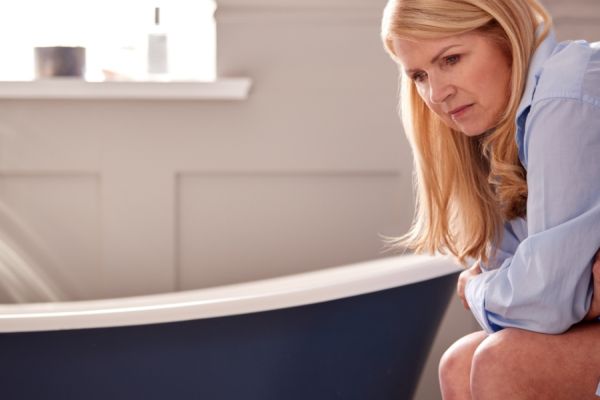

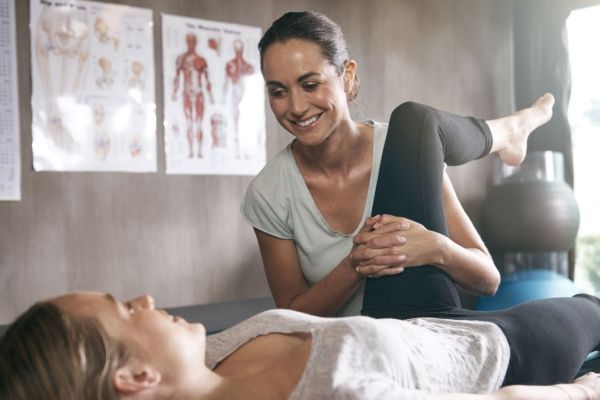






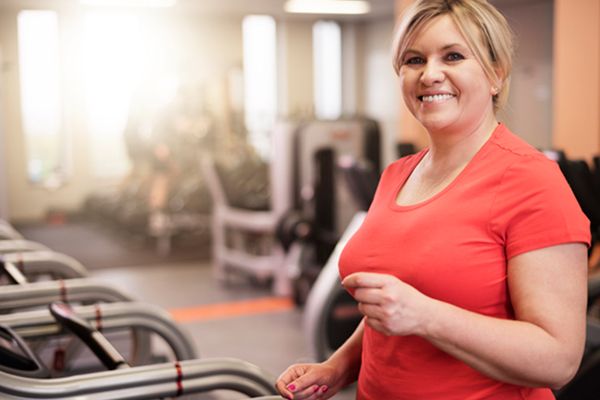
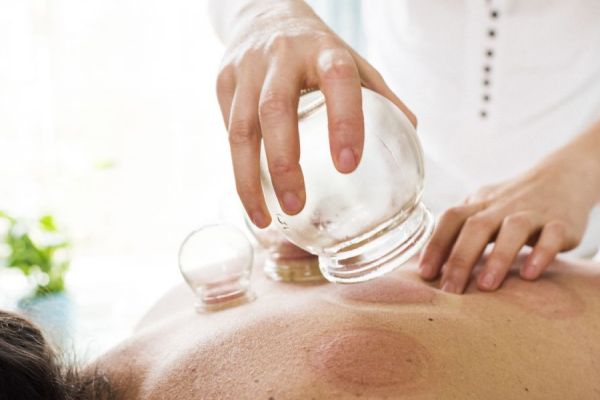
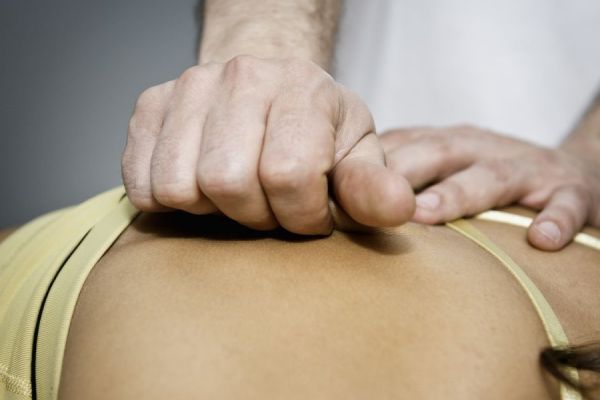
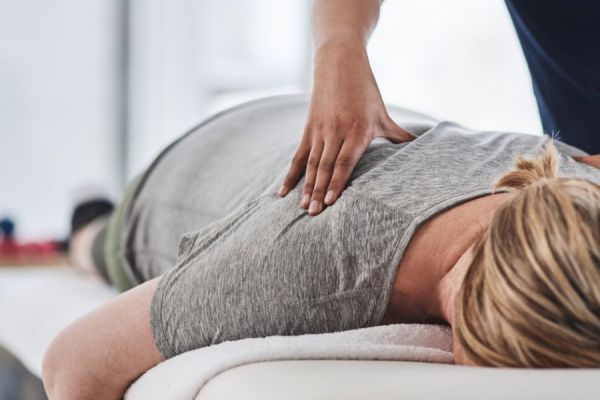






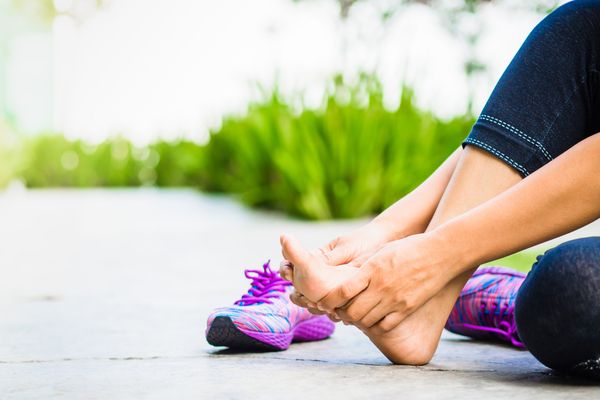






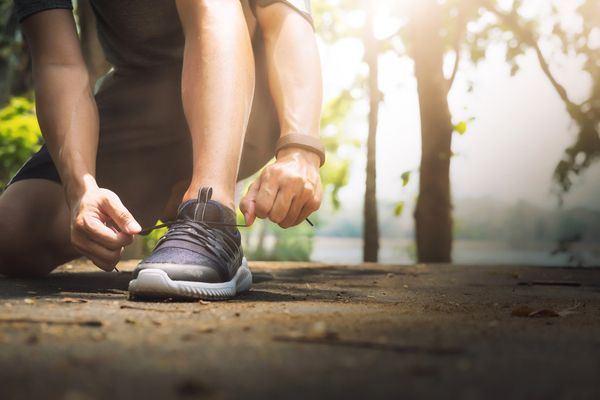






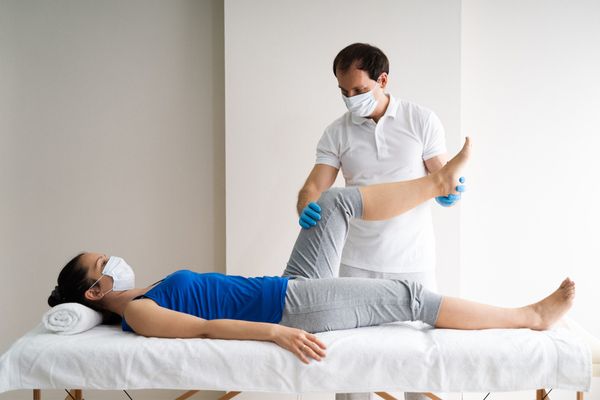
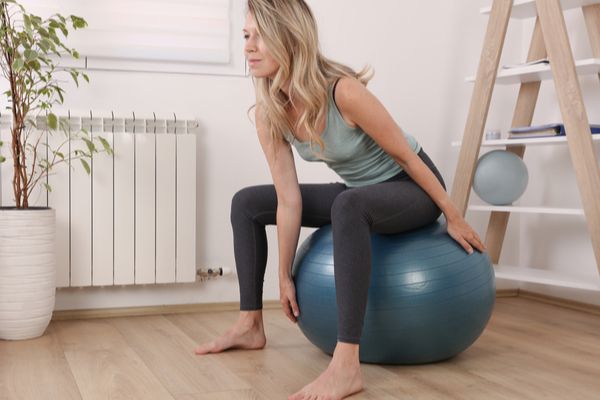
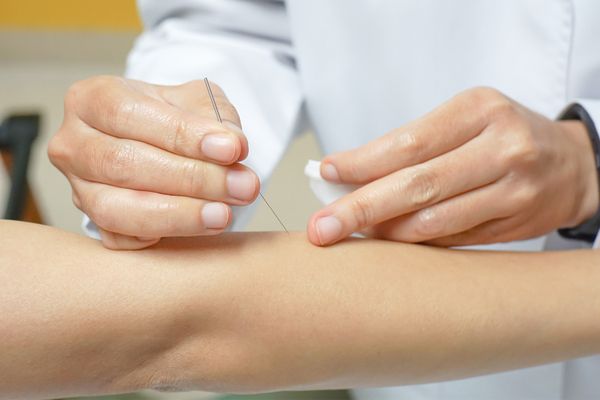

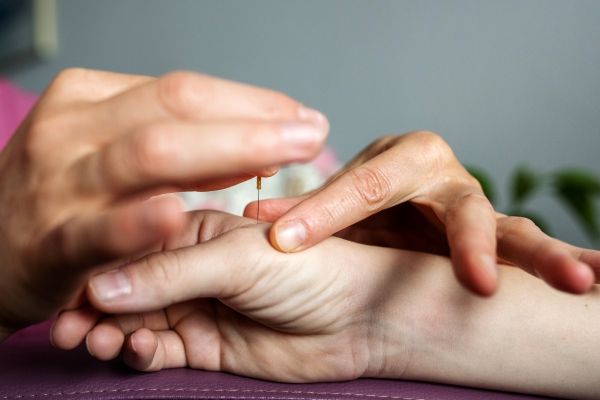



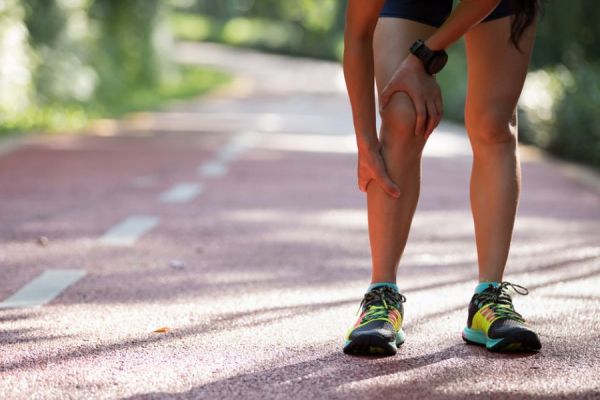



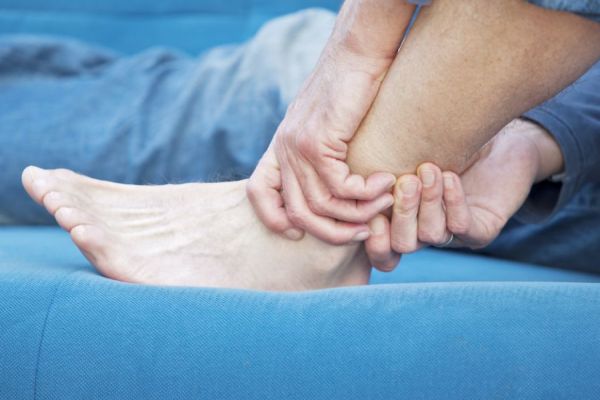
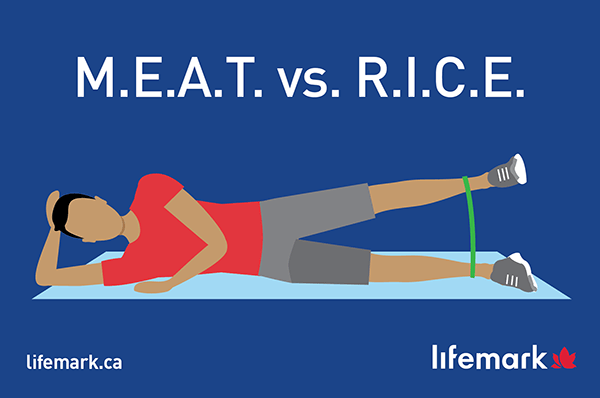






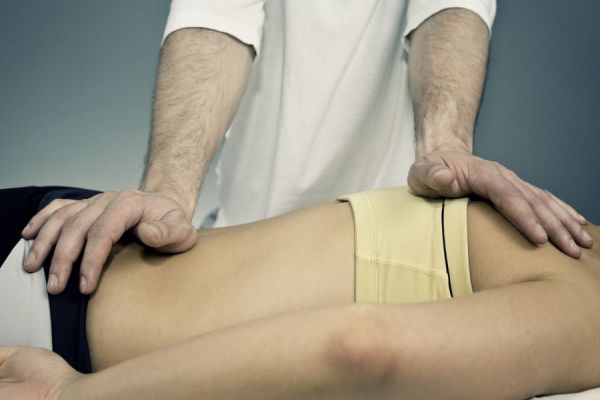


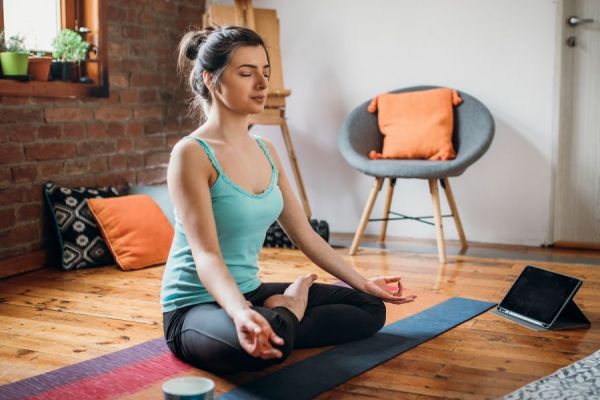
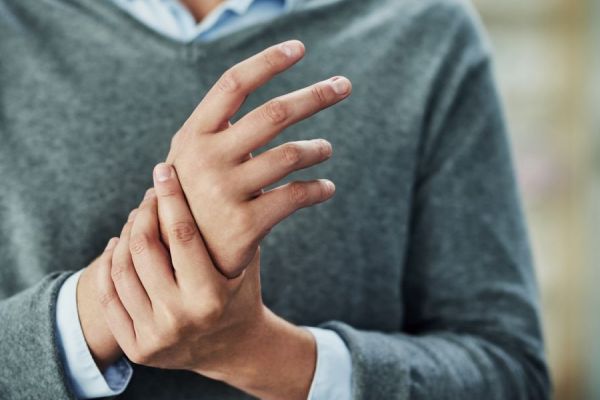




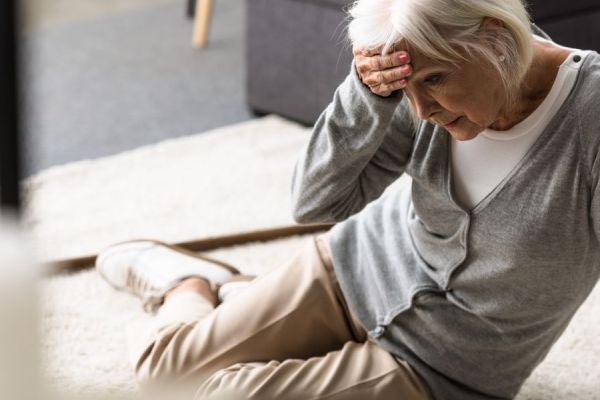
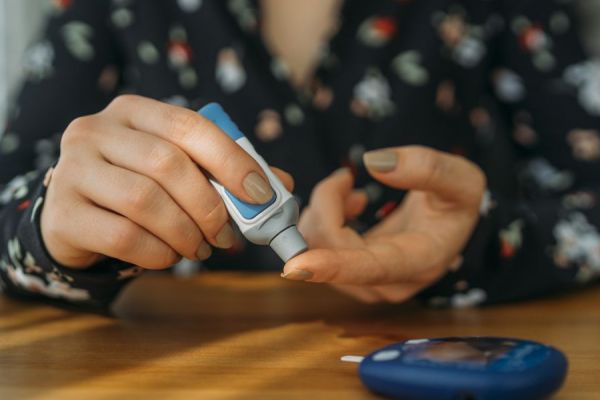
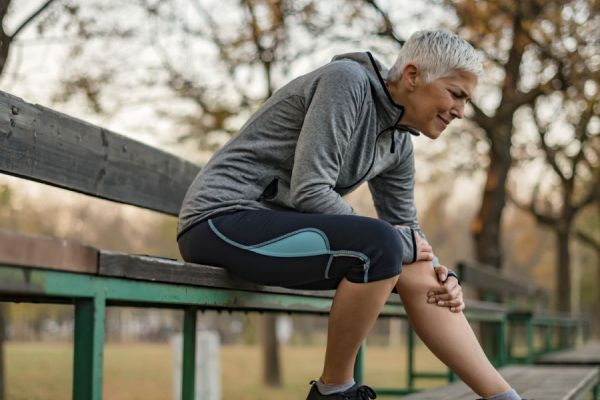
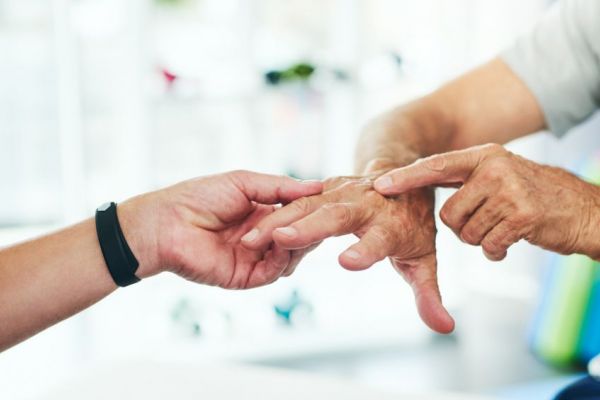











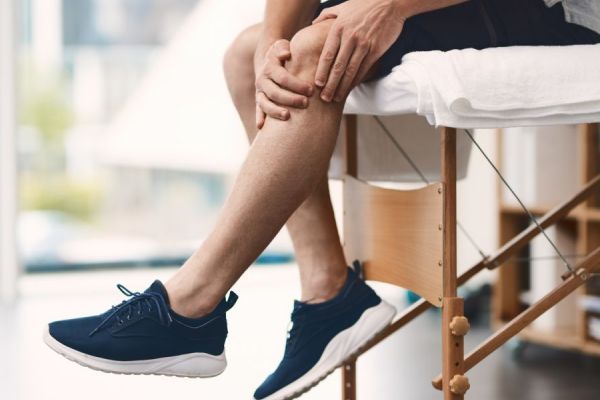

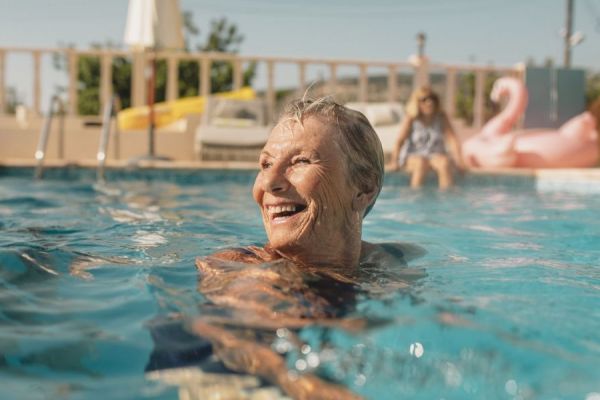

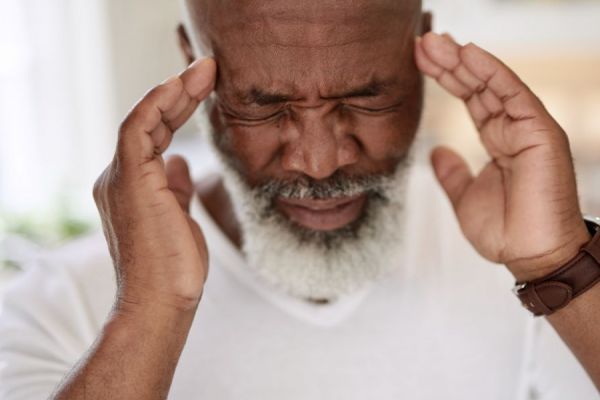









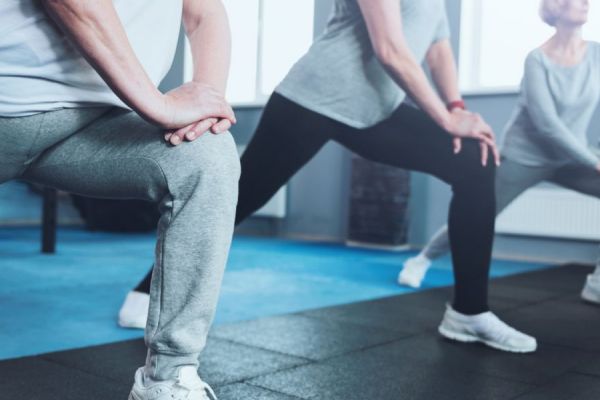

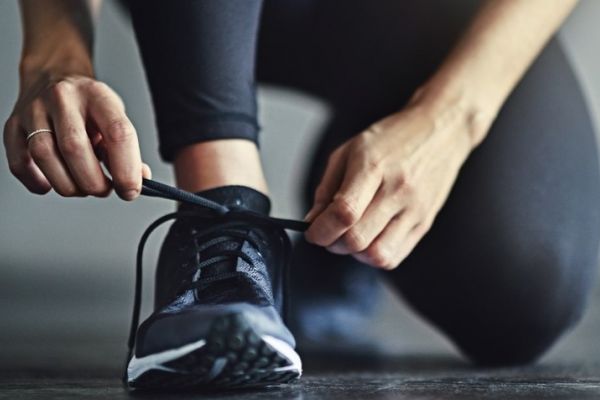




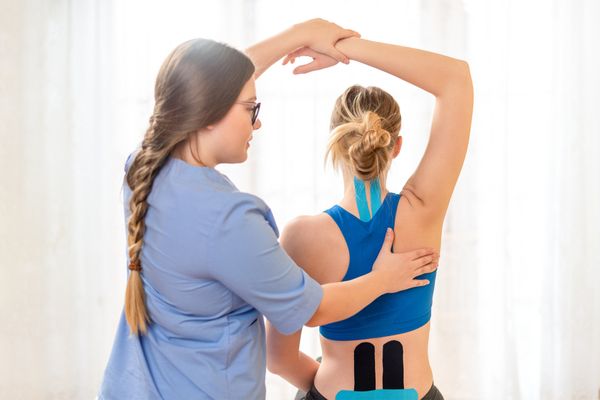


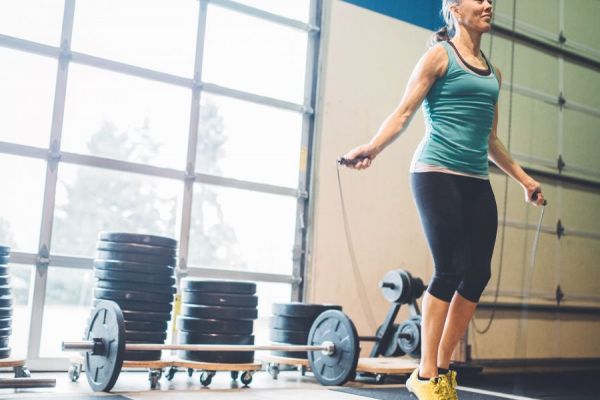







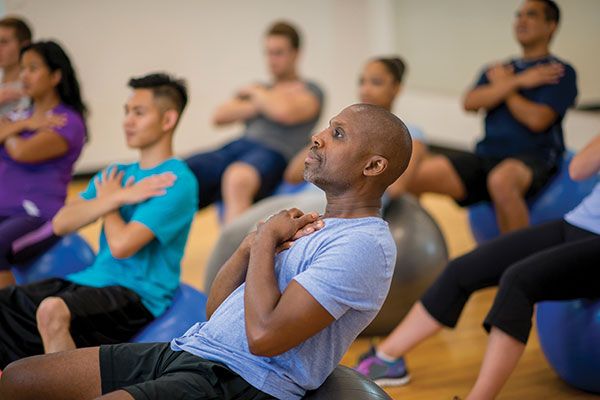




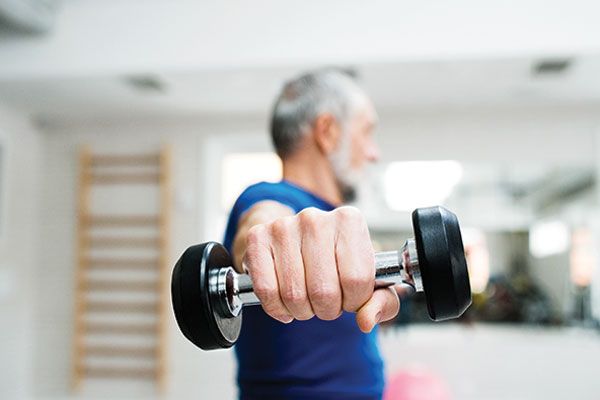







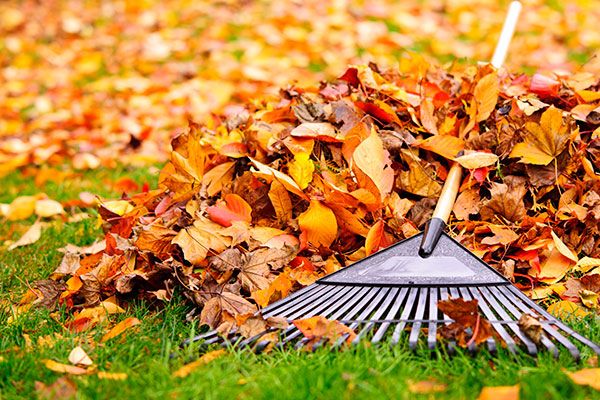














We can help you move and feel better.
Book an appointment today.